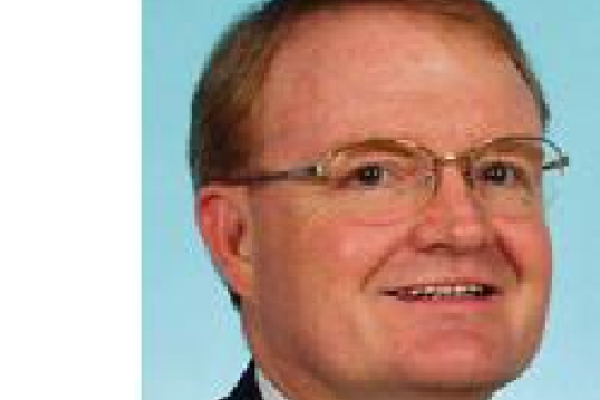
Neuromodulation is the therapeutic alteration of activity in the central, peripheral or autonomic nervous systems, electrically or pharmacologically, by means of implanted devices. This class of interventions is predicted to be the next major paradigm shift in medical treatments for neurological disorders since the discovery of neuroleptics. Just as the heart pacemaker revolutionized cardiac care, changing the way the nervous system operates by modulating electrical activation holds promise for almost every neurological disorder. Neuromodulation is being used with individuals who suffer severe chronic illnesses due to persistent pain, spasticity, movement disorders, epilepsy, ischemia, cardiac, bowel and bladder dysfunction, brain and spinal cord injury, visual, auditory and certain psychiatric disorders. Treatments stimulate peripheral and cranial nerves, activate cortical areas by means of extracranial electrical, magnetic and ultrasound devices, and subcortical targets via deep brain stimulation and implantable drug delivery devices. This presentation will introduce the basic concepts of neuromodulation and survey applications for treatment of the effects of brain injury. Deep brain stimulation will be reviewed, including results from a feasibility study for remediating executive dysfunction subsequent to traumatic brain injury.
